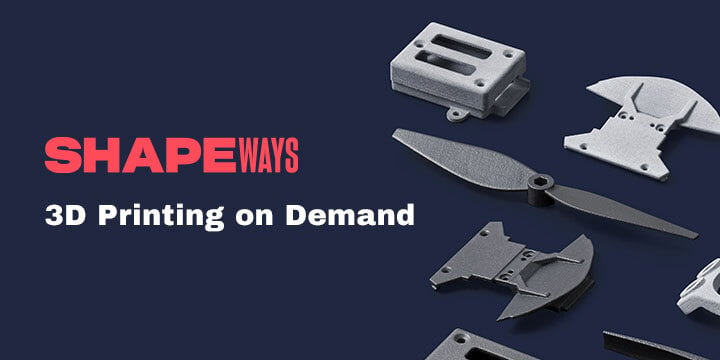Another question, which might be of more general interest than my workbench.
has anyone used 3D printing to make masters for Lost Wax casting?
I know it’s a known industrial process, but I’m thinking of hobby volumes. Like two sets.
and if so..
which resin?
who would you send the masters to for casting?
I'm thinking Walschaerts valve gear in 7mm
cheers
Simon
Hi Simon,
As Rob & Graham have mentioned, I used 3D printing for lost wax casting for my Manning Wardle Old Class i. In fact having done V2 of the etches, I'm just about to print another set of masters for the castings for the next test build.
I used PowerCast Zero, and I'll use it again as I've still got lots left. It gave very good, clean results. It suffers from very little shrinkage and therefore makes it very good for parts that require accuracy like valve gear. It's capable of very fine, detailed prints which cast well. All that's on my little Mars Pro, so you'll have no problem on the Saturn. It has to be said though that it is expensive stuff - I bought it whilst there was a good deal on it - but would certainly look for something cheaper once I've used it all. SirayaTech castable gets very good reviews, and I'll be trying this next. There are loads of options out there for castable resins now, and there have been lots more to hit the market since I bought the PowerCast.
Last time I spoke to Mike Hopkinson, he was using FormLabs castable resin on his FormLabs printer.
As for the casters, I used Jewellery Casting Scotland. Very helpful people who run it, and a pretty quick turn around too.
Some useful links:
Clearmind Jewellery has some good reviews on their YouTube channel, and have 'ranked' many of the resins they try. It's all from a jewellery point of view, but I have found that if something works for jewellery, it generally works for models too.
YouTube Playlist:
https://www.youtube.com/playlist?list=PLJ5braxcEk8zn3EEOdha3QeozAxtciYul
Ranked resin list:
Castable Resin Ranked List
VOG (now called VOGMan) also makes and casts using castable resins - again jewellery. Excellent videos to watch!
There'll be plenty of others online too - these are just two that I follow. Not found anyone doing videos about casting models yet.....maybe I'll do one for my next set of castings!
Hope that helps!
John



